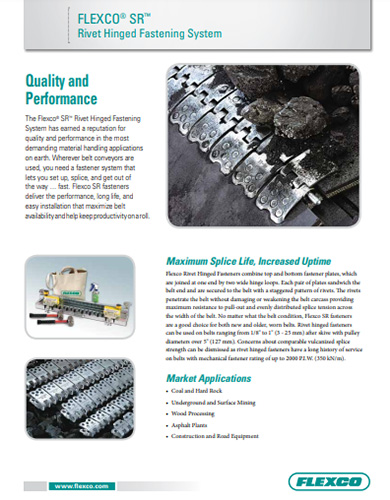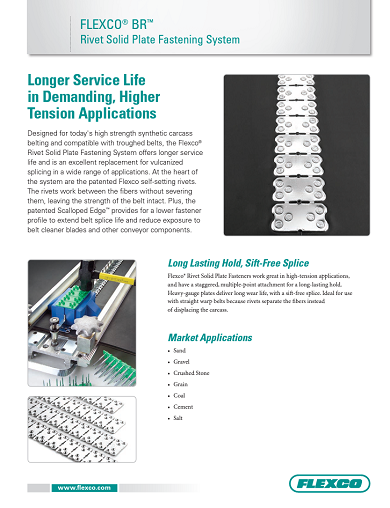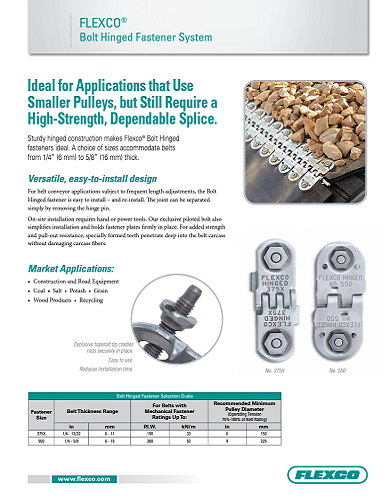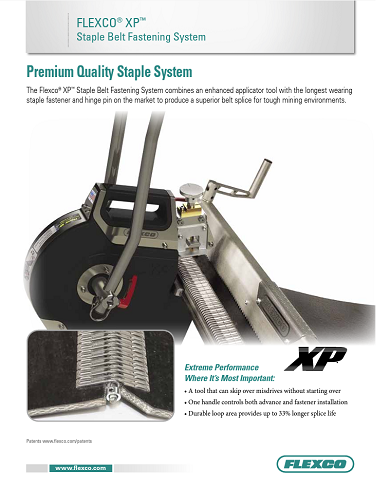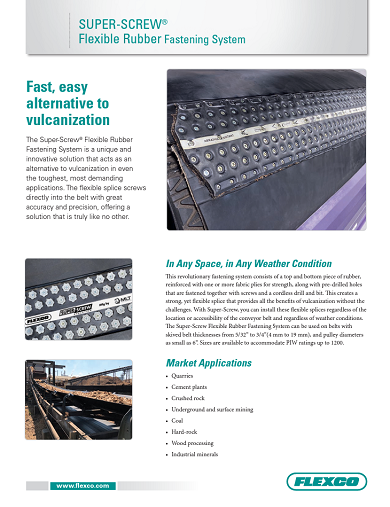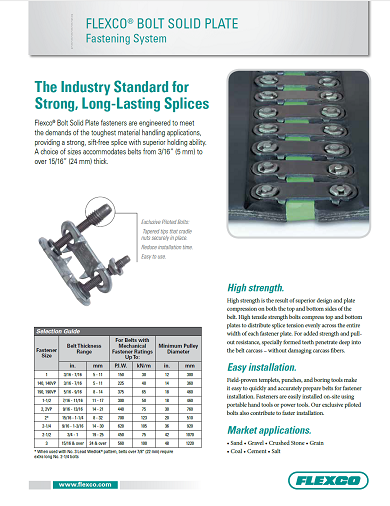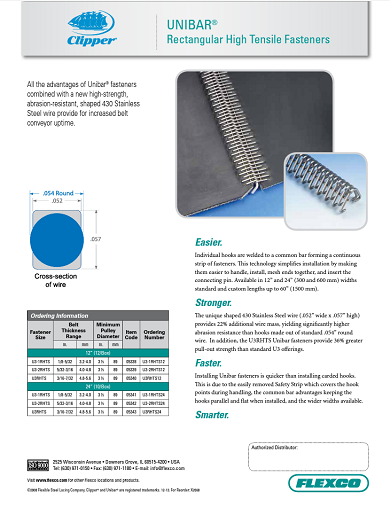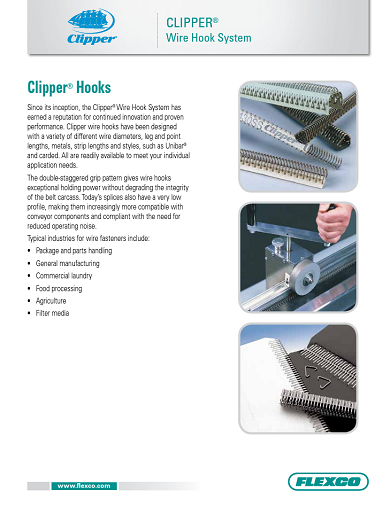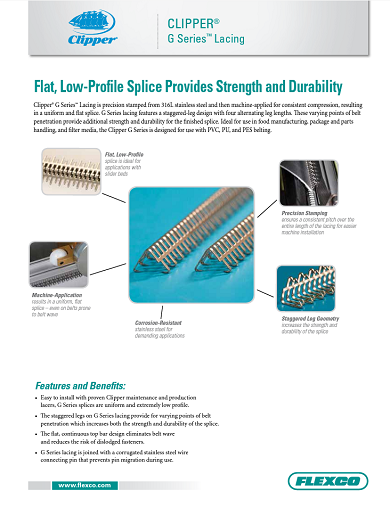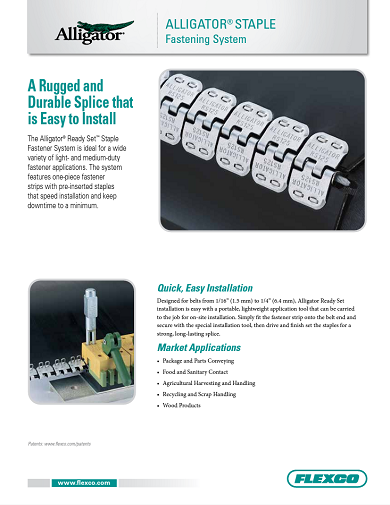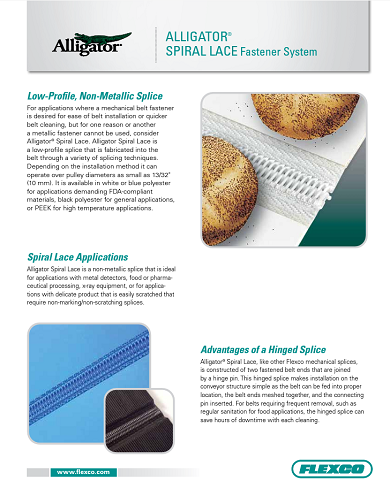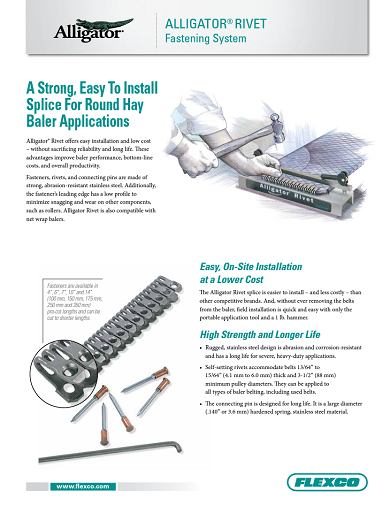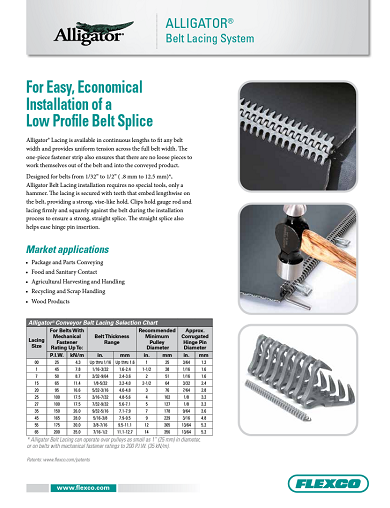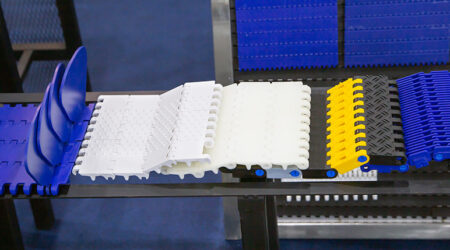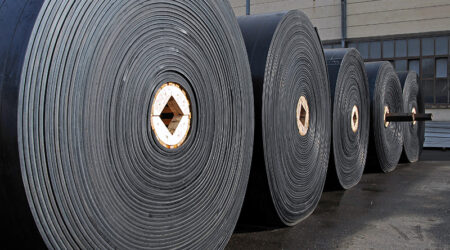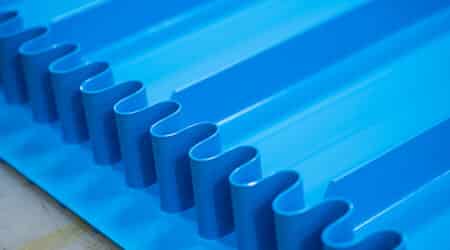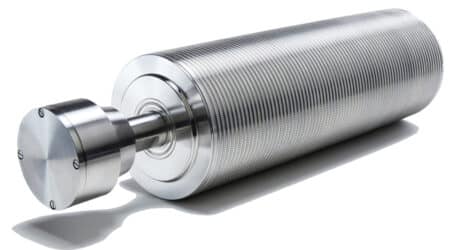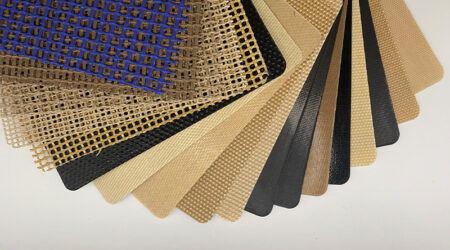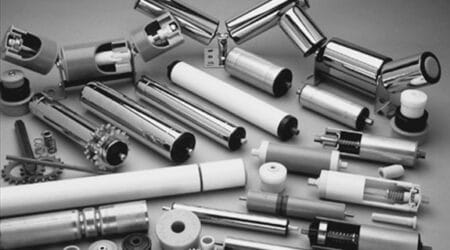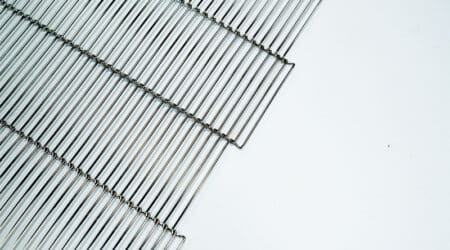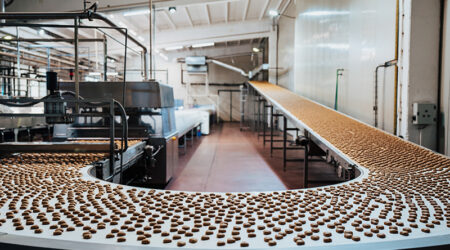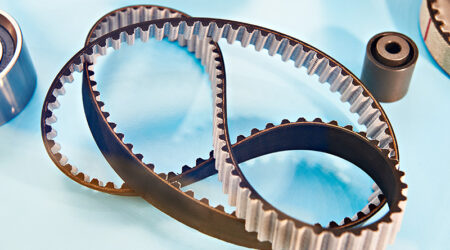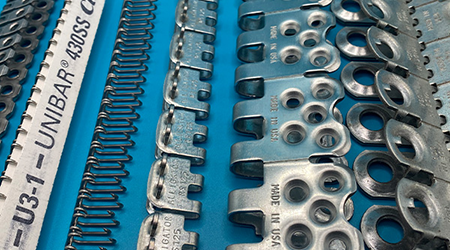Mechanical Belt Fasteners & Lacing
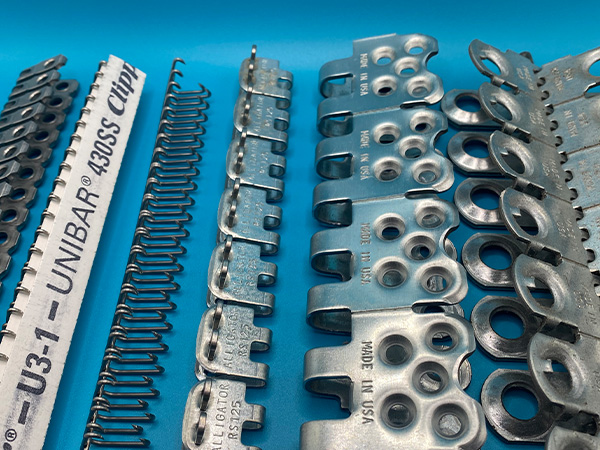
No matter what you’re moving, minimizing downtime and maximizing output are always top priorities—and they can be significantly affected by the way you splice your conveyor belts.
Mechanical Belt Fastening is the process of joining conveyor belt ends by metal hinges or plates.
Mechanical Belt Fastening involves the use of mechanical belt fasteners (also called conveyor belt lacing). Mechanical belt fasteners combine strength and durability with affordability and easy installation.
In heavy-duty applications like coal, cement, mining, and aggregate, there are two main belt fastener types: Hinged Plate and Solid Plate. These fasteners are installed into the belt using bolts, rivets, or staples (depending on belt type and application).
In light-duty applications like agriculture, parcel handling, food, and laundry, fasteners are available in hook and lacing styles, are installed into both ends of the belt, and are joined together with a hinge pin.
Product Handbook for FLEXCO Conveyor Belt Splicing Systems
Product Catalogs for Belt Fasteners
We partner with Flexco to provide high-quality belt fasteners. Browse the product catalogs and brochures below for a full overview of our belt fastener offerings.
